Every small recess, window, or oddly-shaped corner can become a dreamy retreat when you frame it as a bed nook. Design magazines and décor experts consistently point out that these tucked-away beds do far more than save floor space—they add a sense of security, personality, and function that a freestanding frame rarely matches. From false-wall niches to attic alcoves, the most successful designs layer practical details—lighting, storage, airflow—with mood-setting touches such as enveloping paint colors or softly draped curtains. Below you’ll find twenty distinct concepts that translate those professional insights into real-world inspiration you can adapt to every budget and room type. Let’s explore the possibilities.
1. Window-Seat Bed Nook With Hidden Drawers

A sun-kissed bay window can become a dual-purpose haven by extending a deep bench into a mattress-sized platform and tucking full-extension drawers beneath for linens or out-of-season clothes. Daylight floods the headboard area, while a wall sconce and warm-white LED strip keep reading light balanced after sunset. Matching the seat, trim, and shelving color visually “builds in” the nook so it feels original to the architecture, a technique designers recommend for both large and compact bays. Curtains or Roman shades add instant privacy without blocking airflow.
2. Loft-Over-Desk Bed Nook for Studio Living
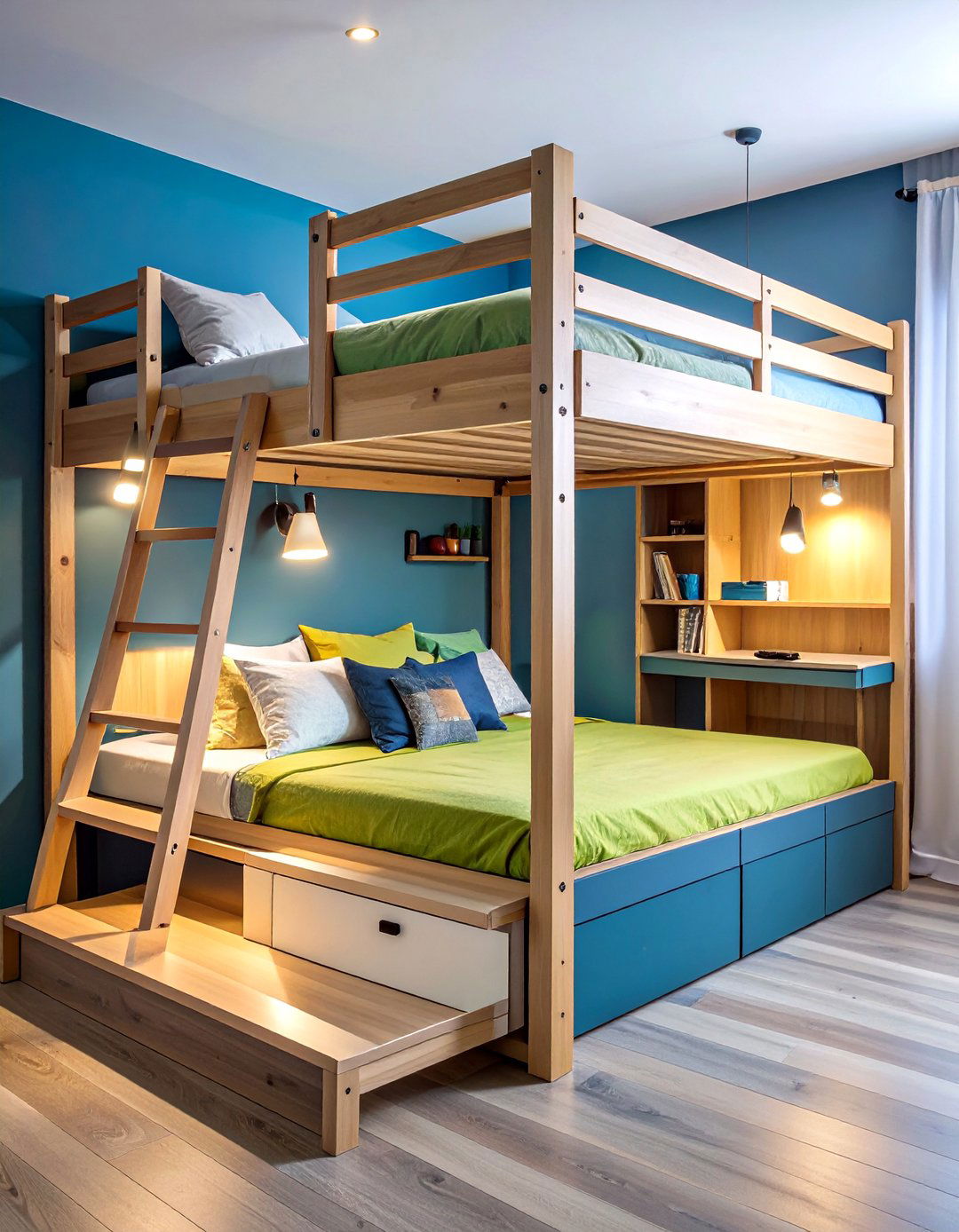
High ceilings invite a mezzanine-style bed nook accessed by stairs or a slim ladder, freeing the footprint below for a workstation or mini-lounge. Experts emphasize integrating power outlets, task lighting, and guardrails at planning stage, then color-drenching the loft and its trim in one hue to make the structure feel seamless, not tacked on. Built-in drawers inside stair treads or a tall bookcase along one side compensate for lost closet space, turning vertical volume into true square footage.
3. Closet-to-Nook Conversion on a Weekend

A reach-in closet wider than two meters can morph into a snug sleeping berth by removing doors, framing a platform with plywood, and lining walls in shiplap or fabric panels. Designers who have documented the process stress leveling the base, adding under-platform pull-outs, and finishing every surface—ceiling included—to avoid the “makeshift” look. Swapping the overhead bulb for a dimmable sconce creates hotel-like ambiance inside the smallest footprint.
4. Attic Eaves Bed Nook That Uses Every Angle
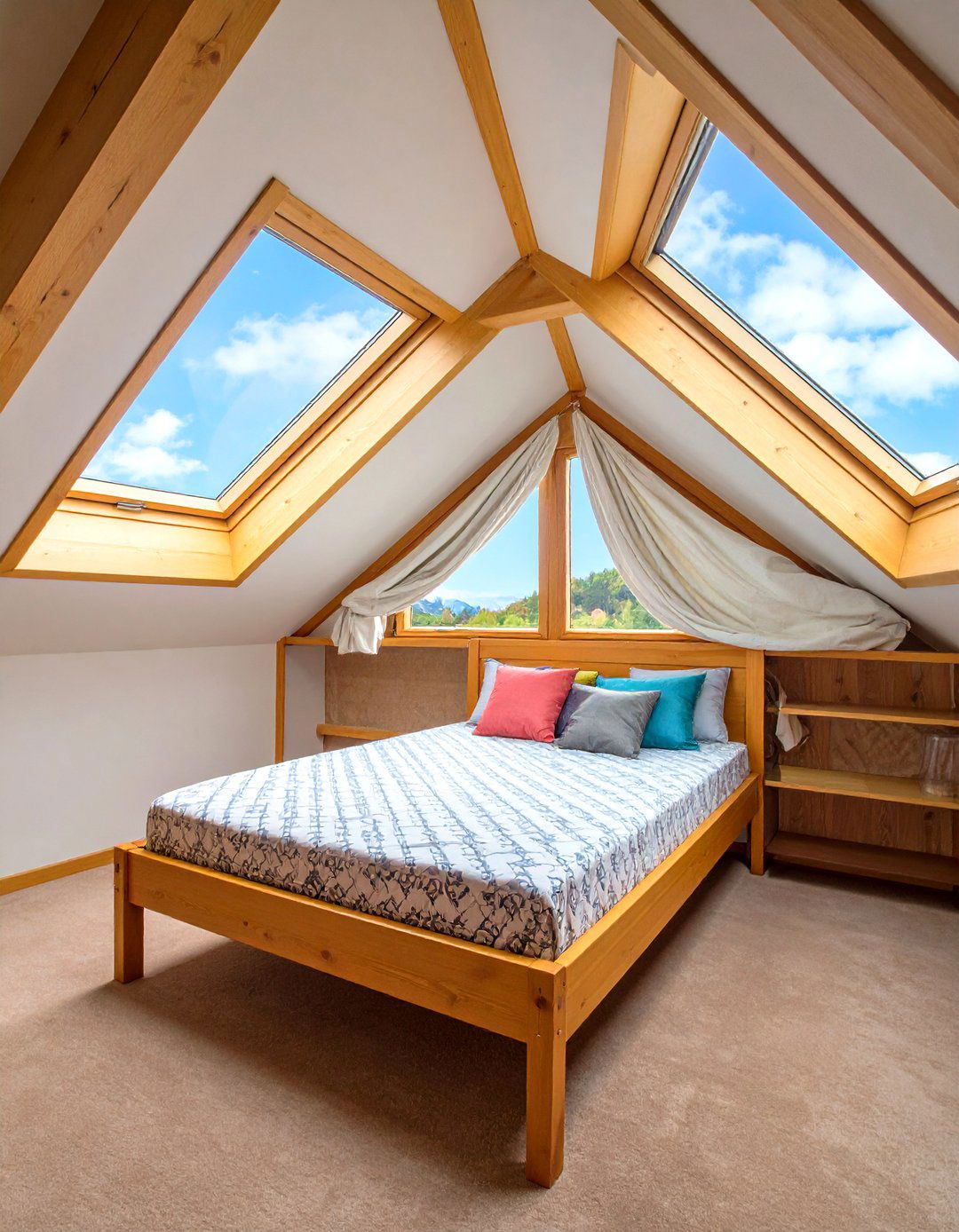
Sloped ceilings often waste real estate; sliding a mattress tight against the low wall turns awkward eaves into the coziest shelter. Pros suggest insulating well, adding a skylight or gable window for ventilation, and framing shallow shelves into the knee wall so books and devices are within reach. Patterned wallpaper inside the recess highlights the geometry and distracts from ceiling height, while a simple curtain disguises any stored items beyond the headboard.
5. False-Wall Bed Nook for Open Rooms
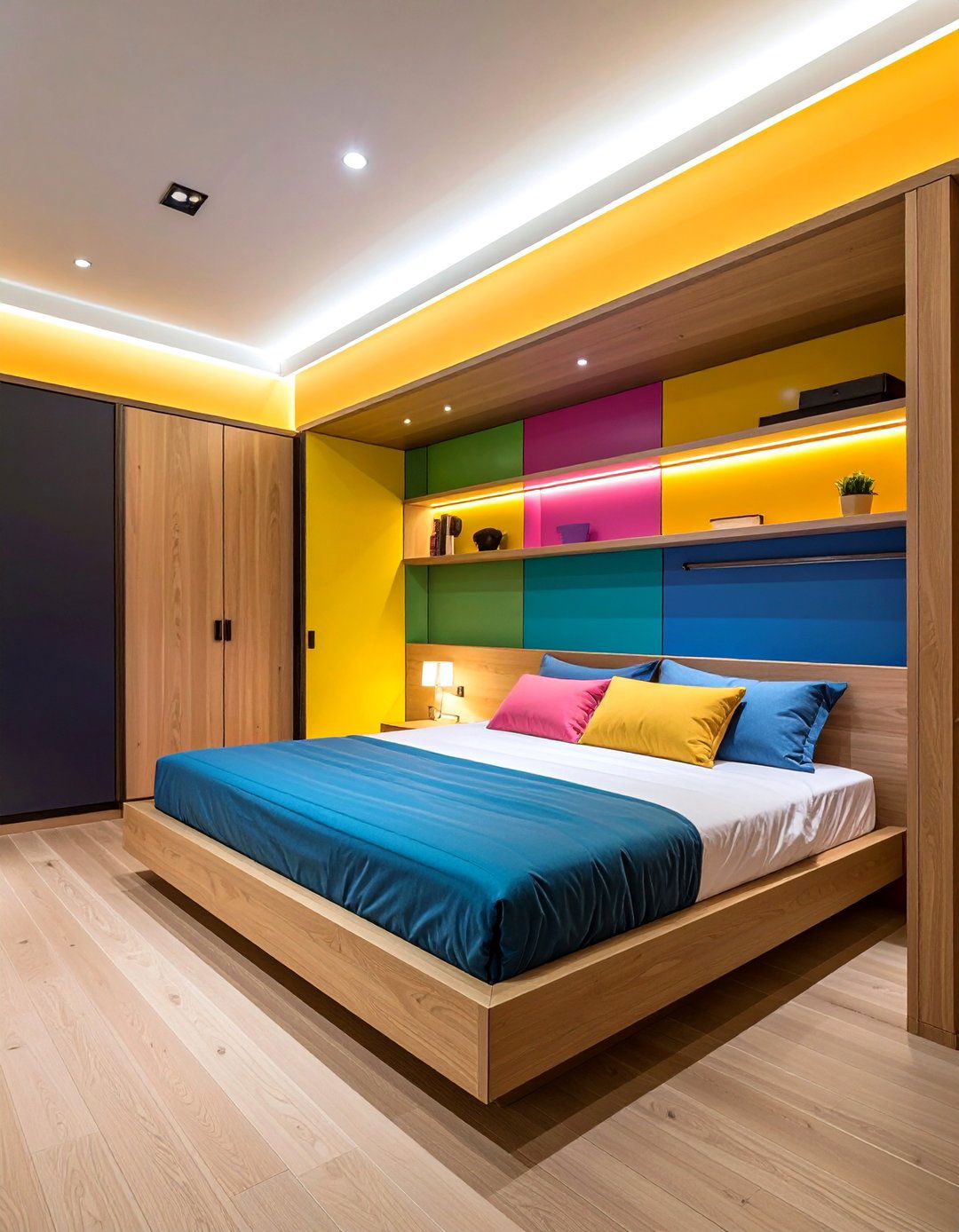
In larger bedrooms, building a partial wall 30–40 cm out from the existing one forms a niche deep enough for a queen mattress without heavy remodeling. Designers recommend painting or papering the new surround in a contrasting tone to signal that this is a destination, not dead space. Concealed LED tape along the ceiling line amplifies depth, and the cavity behind the false wall can house slim wardrobes or seasonal storage.
6. Scandinavian Minimal Bed Nook
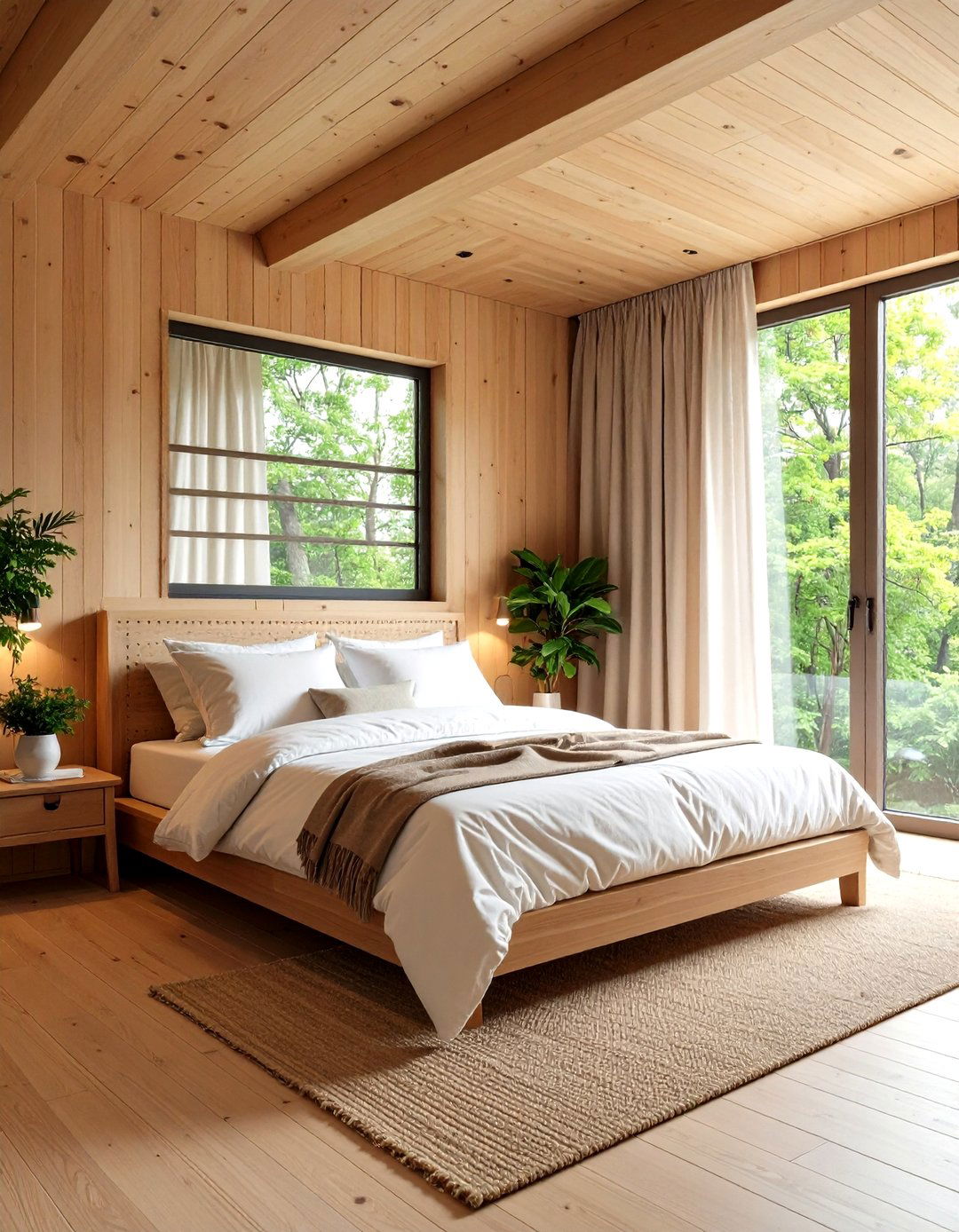
Scandi-inspired alcoves rely on pale timber cladding, soft white bedding, and sparse accessories to feel serene rather than cramped. By continuing light oak boards from ceiling to base and hiding hardware, the nook reads as a sculptural recess instead of furniture. A single peg rail replaces bulky nightstands, while breathable linen curtains “close” the nook at night without heavy fabric.
7. Color-Drenched Jewel-Box Bed Nook
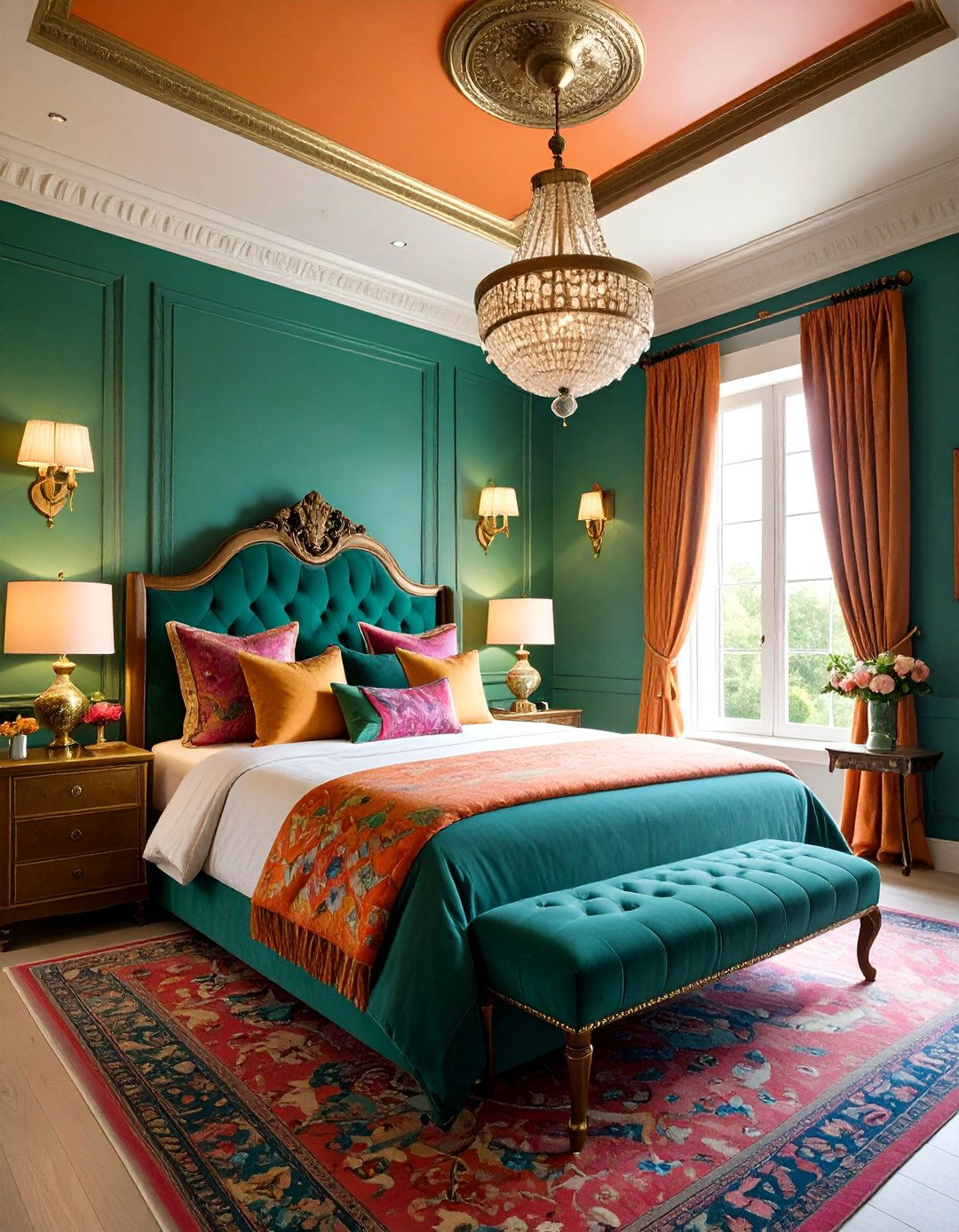
If minimalism isn’t your style, treat the nook like a three-dimensional canvas: saturate walls, ceiling, and trim in a bold paint or patterned paper, then layer metallic sconces and velvet cushions for drama. Experts note that full-immersion color visually enlarges a tight cavity by erasing edges, creating a cocoon effect perfect for afternoon escapes or guest wow-factor.
8. Curtain-Wrapped Privacy Bed Nook

Adding ceiling-mounted tracks and floor-length drapery around a built-in instantly grants hotel-suite privacy and light control. Lightweight linen keeps airflow healthy, while blackout lining on just the window-facing panel ensures restful sleep. Designers advise allowing at least 20 cm clearance between mattress and curtain so fabric can glide smoothly without brushing pillows.
9. Rustic Cabin Bed Nook in Reclaimed Wood
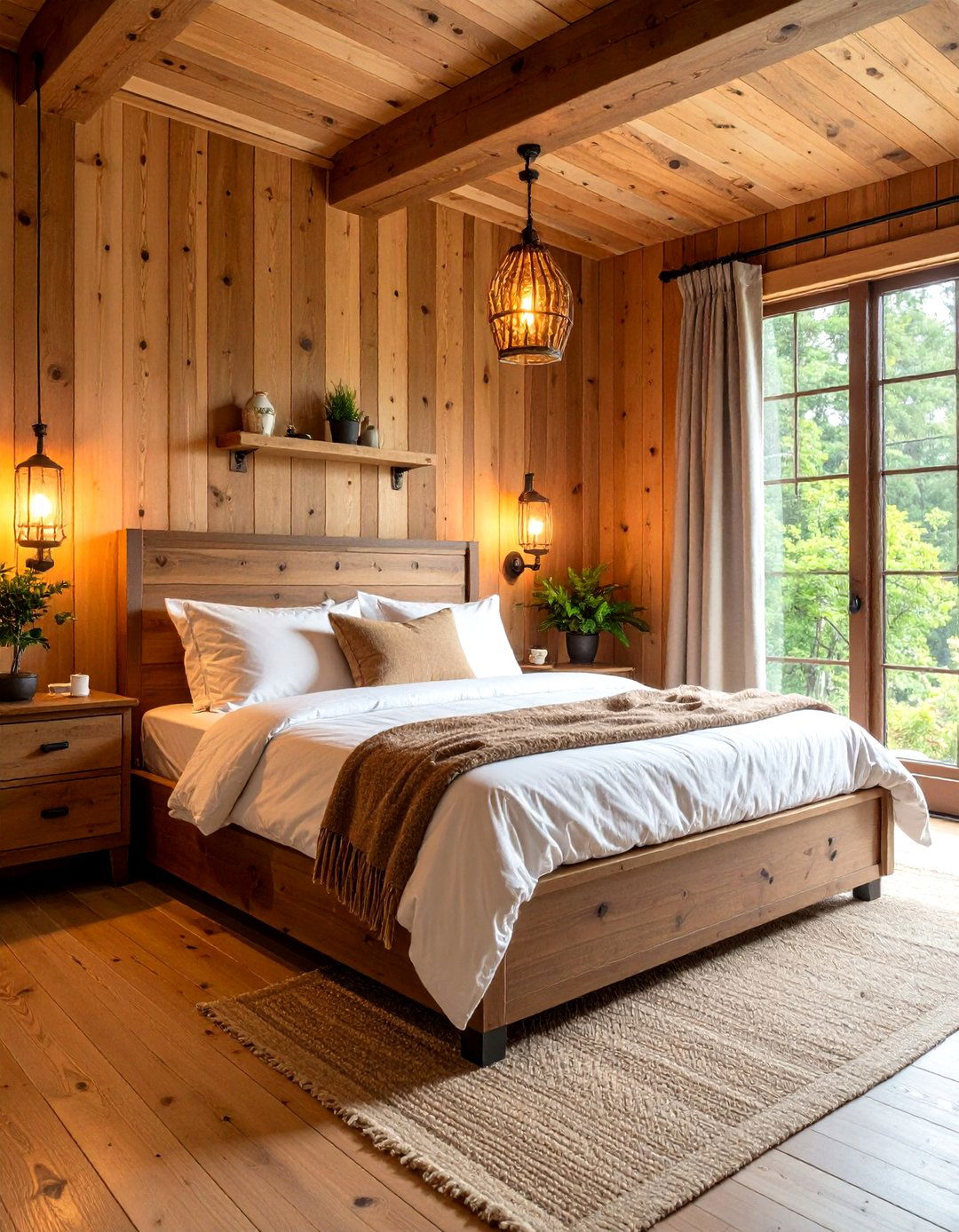
Rough-sawn boards or cedar planks turn a recessed frame into a mountain-lodge hideaway. Because textured walls absorb light, incorporate warm-tone sconces on dimmers and a picture-rail shelf for lanterns or favorite finds. A built-in drawer toe-kick lifts the mattress off cold floors and stashes extra blankets—a trick frequently seen in lakeside retreats.
10. Double-Bunk Bed Nook for Siblings
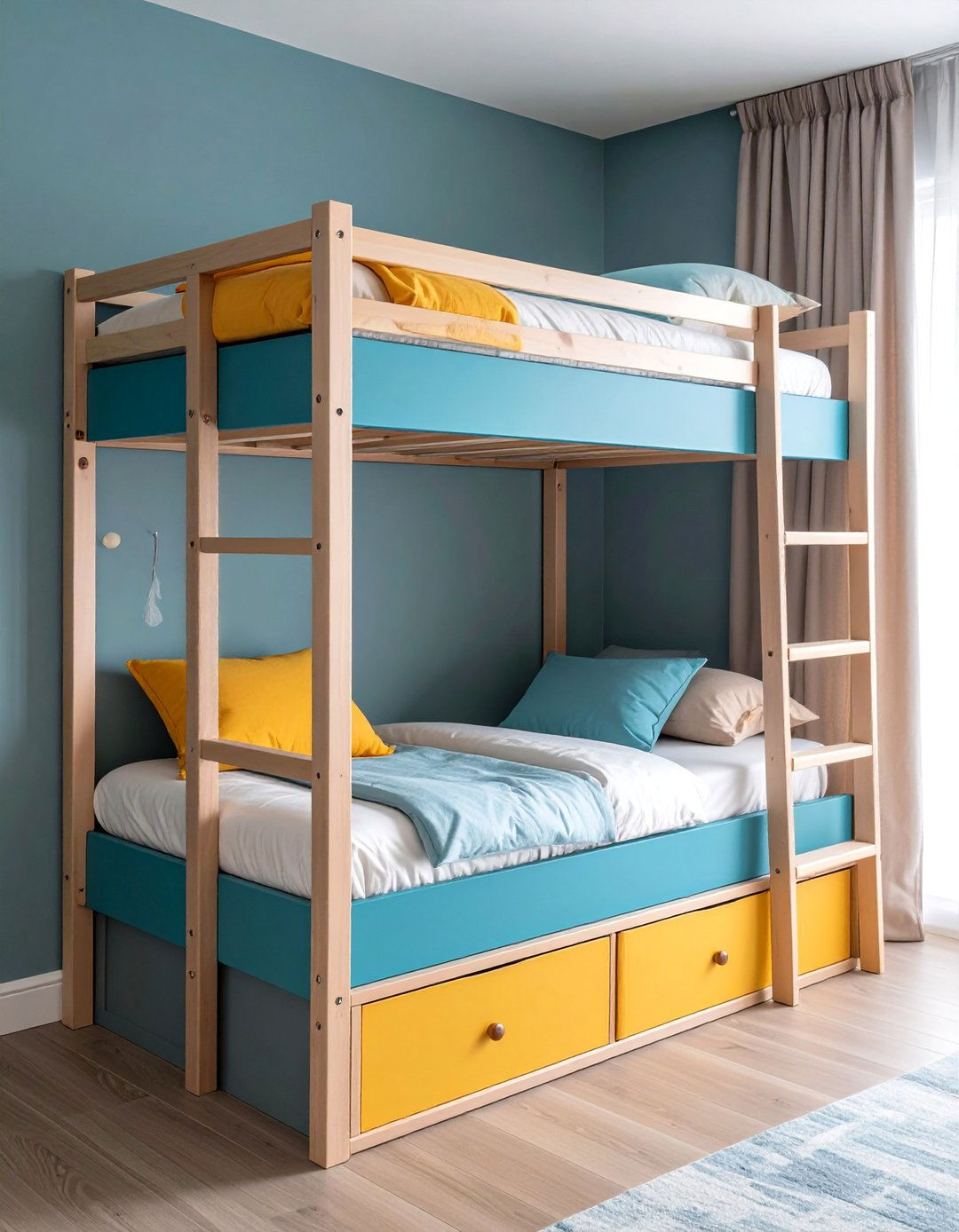
Stacked mattresses enclosed within one boxed-out niche save floor area while giving each child a semi-private berth. Safety rails and integrated ladders are compulsory; many pros build drawers into the lowest step for toys. Soft curtain fronts personalize each level, and separate reading lamps discourage arguments over bedtime illumination.
11. Library Wall Bed Nook With Task Sconce

Framing the bed with bookshelves turns sleep space into a literary sanctuary. Recess the mattress flush with shelf fronts and fit an adjustable, low-glare sconce about 75 cm above pillow height for page lighting. Painting shelves and backdrop a unified hue lets book spines become art while hiding irregular shelf depths required for structural support.
12. Under-Window Bench Bed Nook
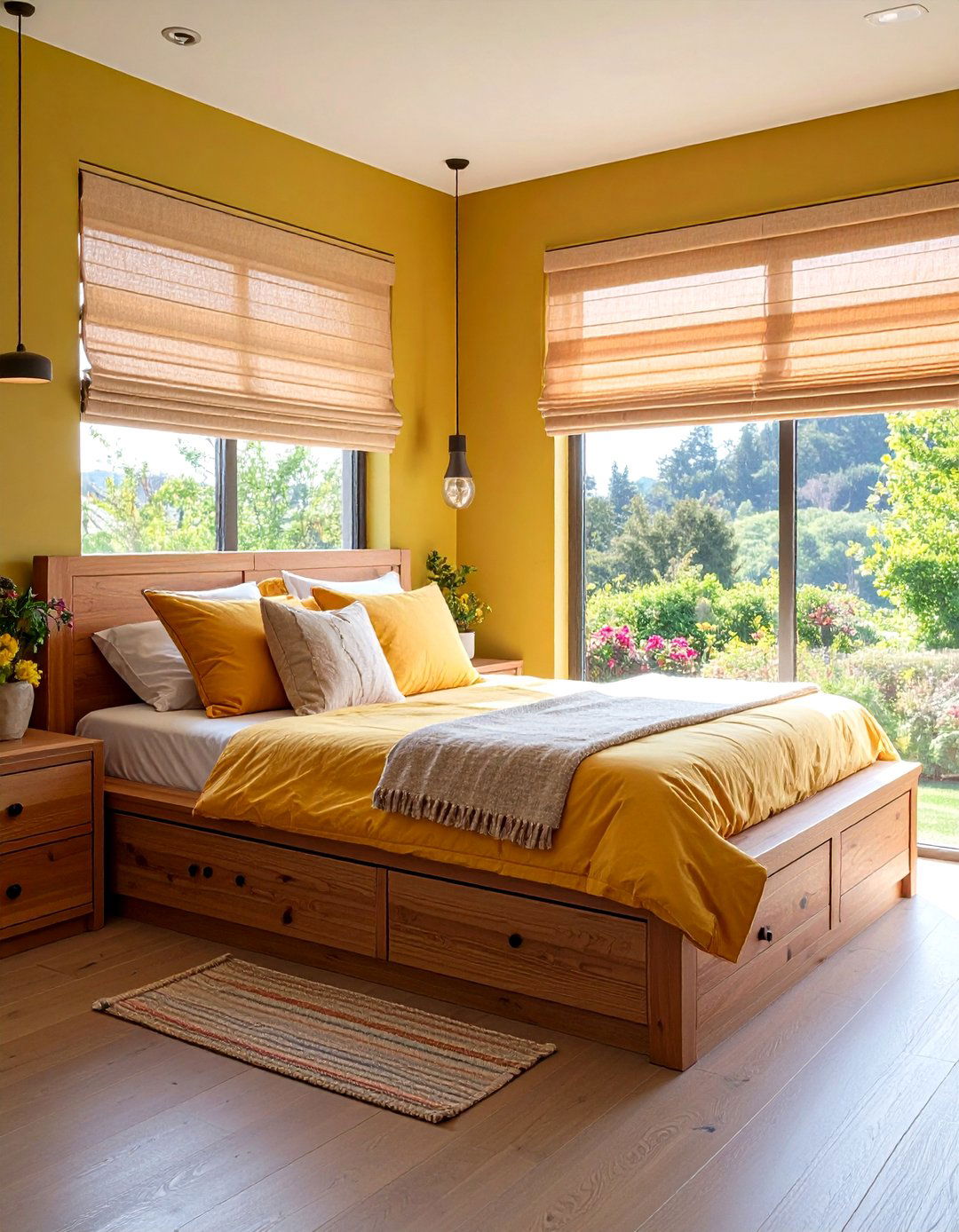
Where windows sit low, extend a platform the width of the wall, finish it with cabinetry fronts, and top with a twin-size cushion. Daytime it reads as a window seat; at night it serves guests. Deep drawers below keep bedding close. Install a narrow valance to conceal blackout blinds that drop behind night curtains.
13. Storage-Drawer Platform Bed Nook
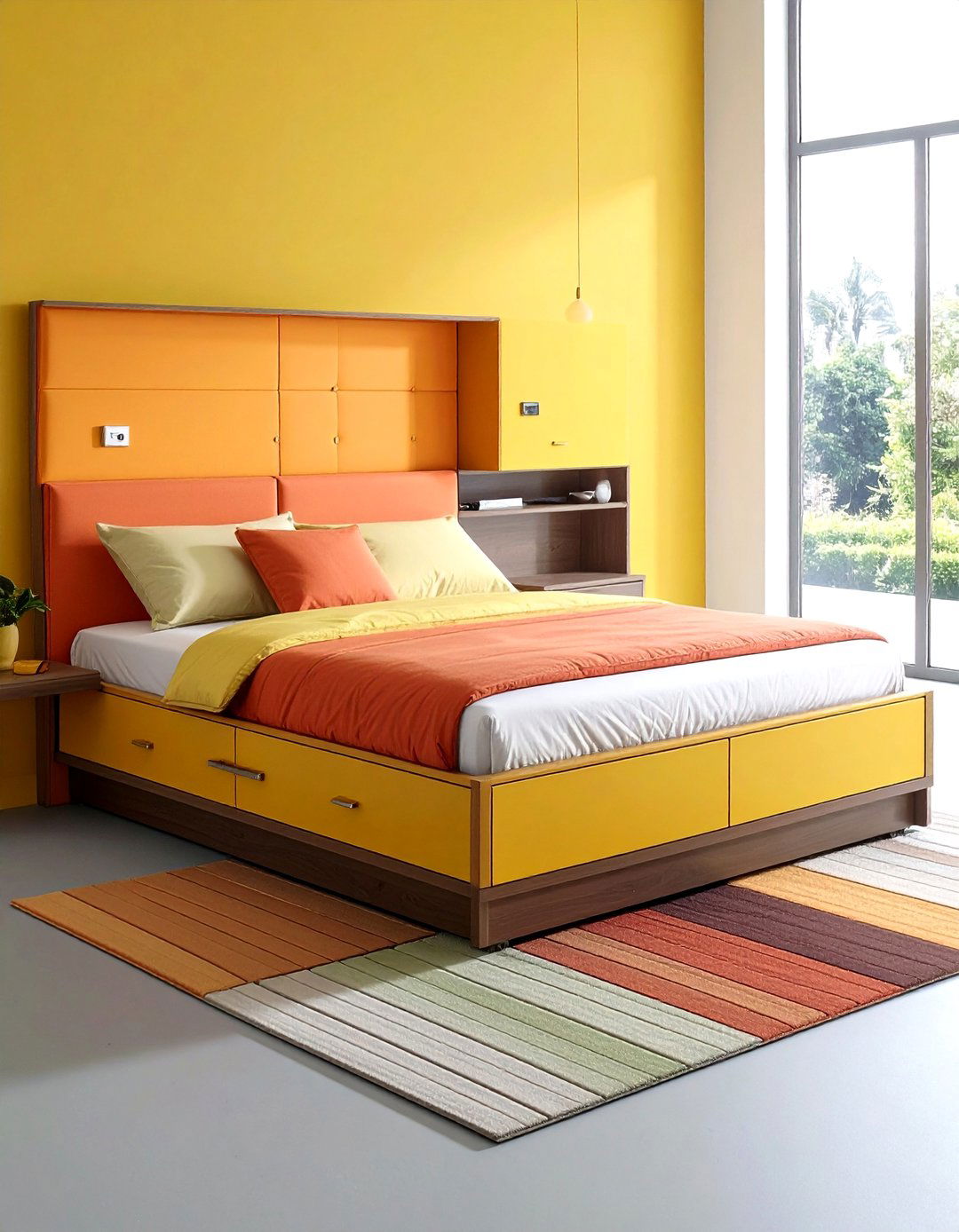
For rooms lacking closets, raise the mattress on a 45-cm-high wooden plinth built wall-to-wall. Full-depth drawers on heavy-duty slides replace dressers, and a lift-up headboard hides outlet strips for chargers. Experts caution to ventilate the mattress base with drilled holes or slats to prevent moisture buildup.
14. Skylight-Framed Bed Nook for Stargazing
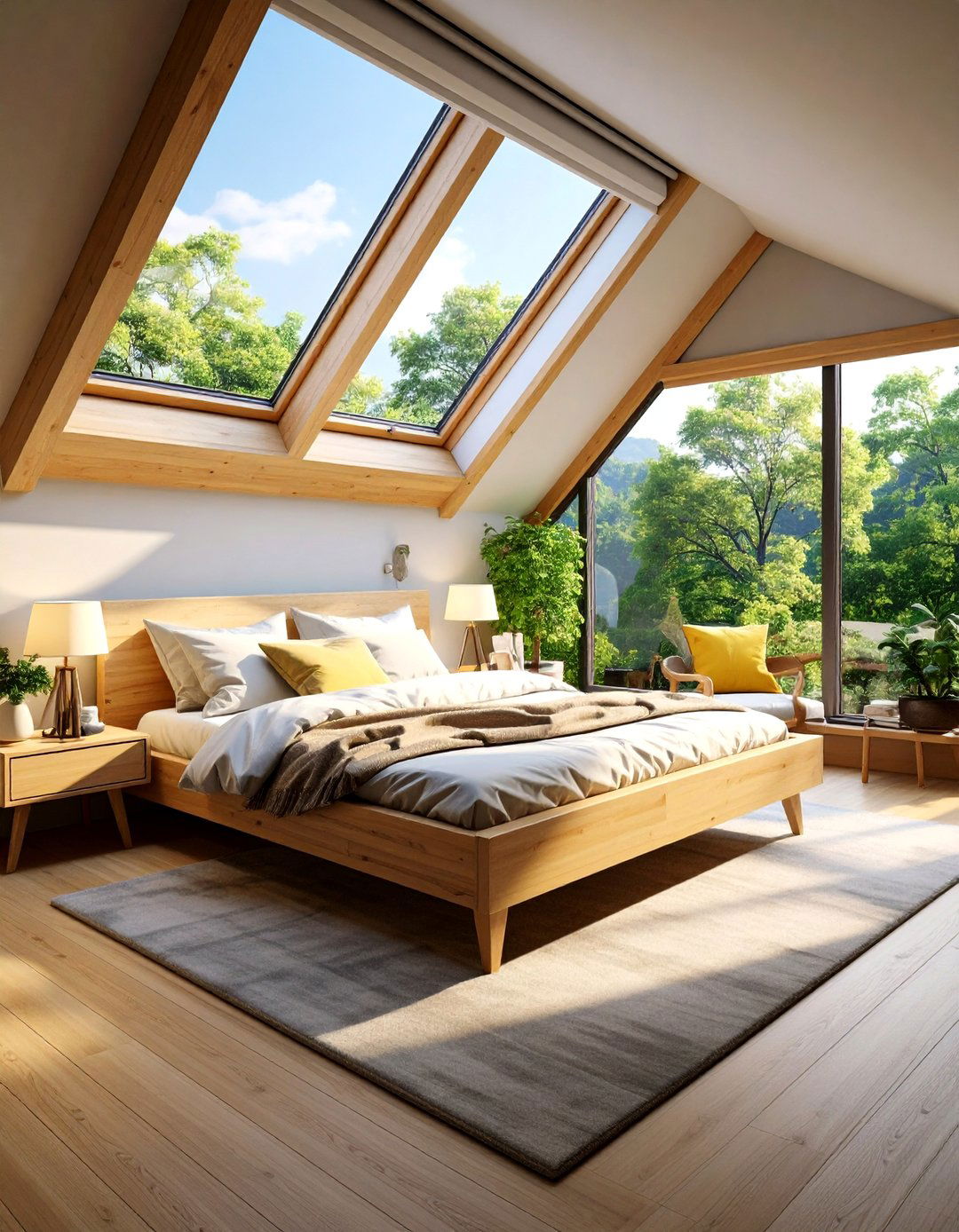
Cutting a roof window directly above an attic or loft bed floods the cavity with morning light and night sky views. Low-profile blackout blinds maintain darkness when needed, and integrated rain sensors guarantee the pane closes automatically. Pair with breathable natural fibers to counter increased solar gain.
15. Telescoping-Ladder Loft Bed Nook

Where a fixed ladder blocks circulation, designers retrofit telescoping or library-style rolling ladders that tuck behind cabinetry when not in use. The mechanism clears floor space for seating or storage yet keeps the nook reachable. Specify non-slip rungs and soft-close hardware to protect little fingers.
16. Reading-Below, Sleeping-Above Combo Nook

A child-friendly variant positions a cozy upholstery-lined reading cave under an elevated mattress. Ambient wall lighting below and directional gooseneck lamps above let two siblings use the structure simultaneously without disturbing each other. Padding stair sides with upholstered panels doubles as both safety feature and hidden drawer fronts.
17. Tiny-House Platform Bed Nook
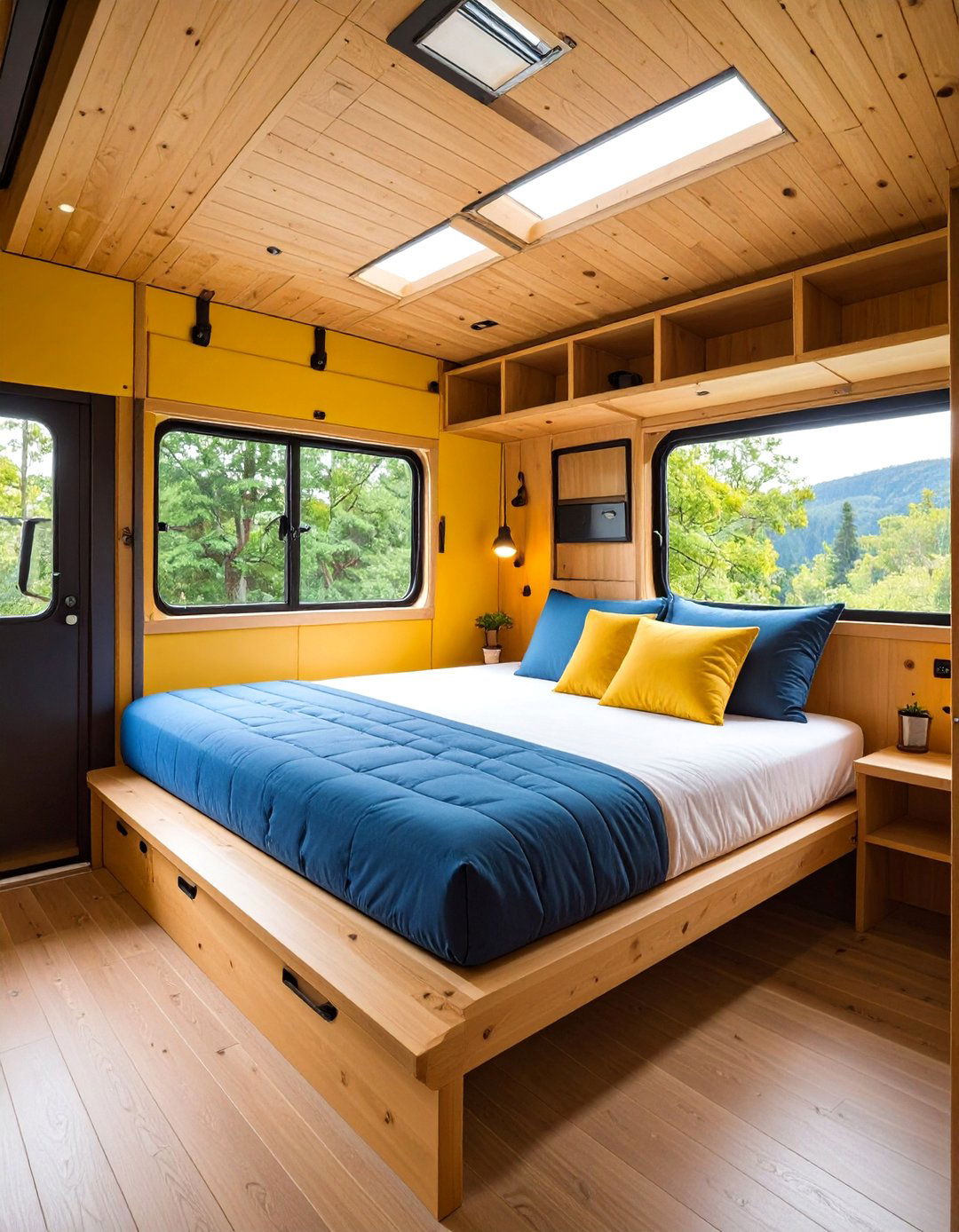
In micro-homes, builders often slide a queen mattress perpendicular to the main aisle behind partial walls. A 30-cm step up defines the zone and offers bin storage underneath. Because tiny houses shift during transit, fastening the mattress with concealed corner straps keeps bedding tidy on the move.
18. Arch-Entry Bed Nook for Soft Lines
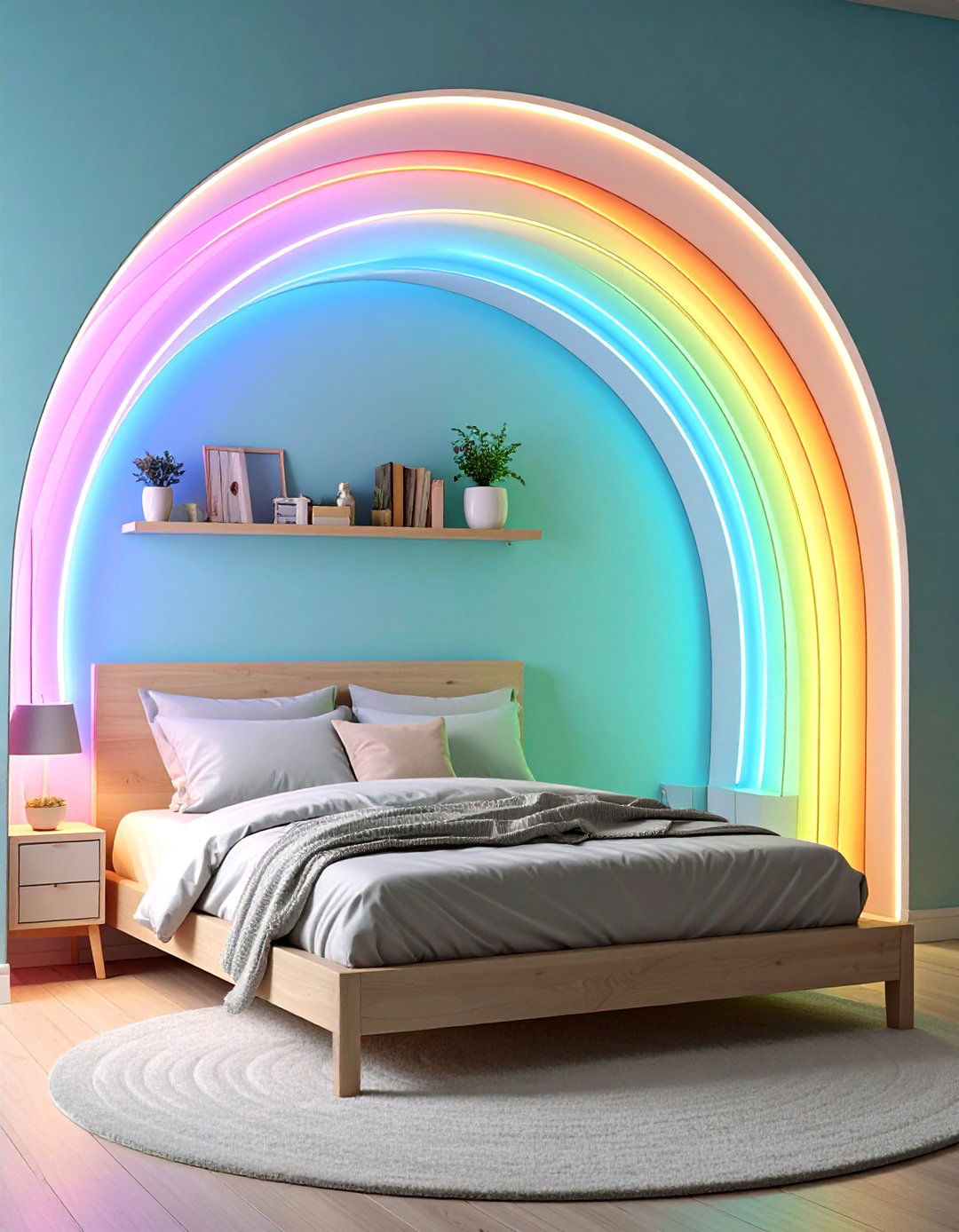
Replacing a square opening with a shallow arch instantly lends architectural charm and a perception of added depth. Trim the curve in matching paint, then repeat the radius in a half-moon headboard or rounded shelf. LED rope tucked inside the arch casts a halo that frames the sleeping area without glare.
19. Ambient-Lit Panel Bed Nook
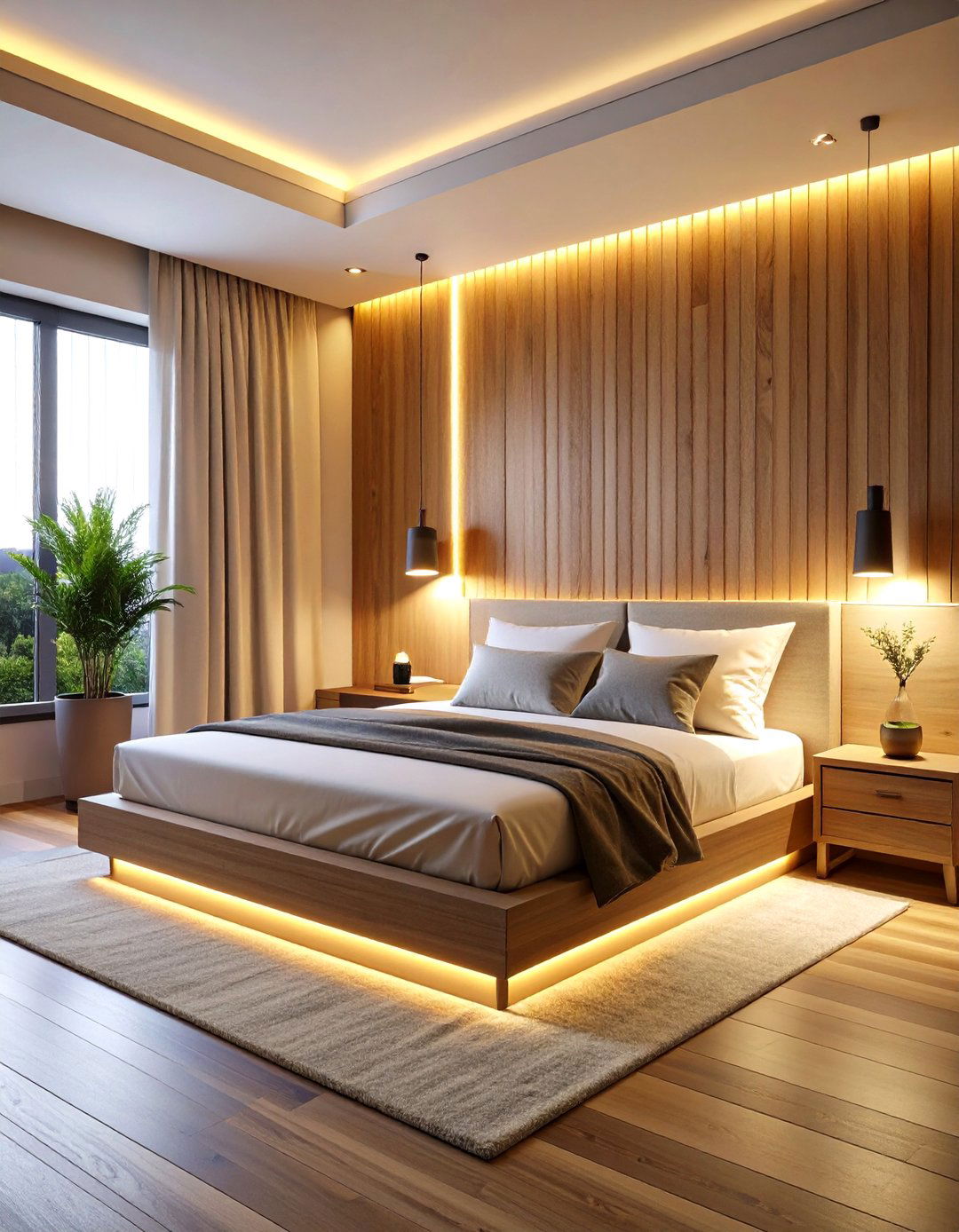
Mounting LED strips behind slim vertical battens creates an indirect glow that visually widens a narrow niche. Warm color temperatures around 2700 K relax the eye and improve sleep readiness, according to lighting specialists, while a discrete rocker switch reachable from bed ends fumbling in the dark.
20. False-Niche Bed Nook for Open-Plan Studios
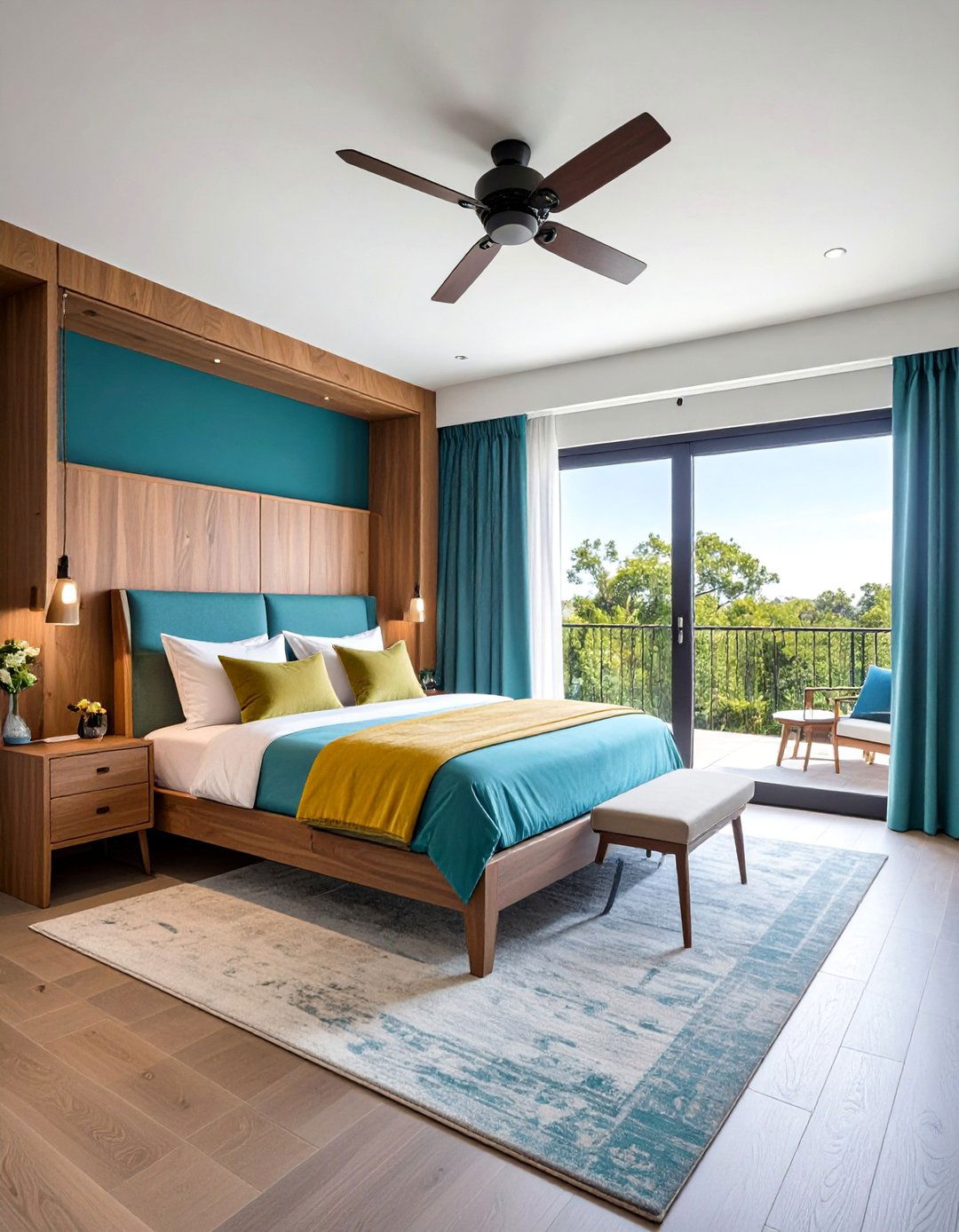
In open studios, a box-like niche built from MDF partitions daytime living from the sleep zone without permanent walls. Lining the inside with acoustic panels muffles ambient noise, and a ceiling fan mounted just outside promotes airflow. Sliding pocket doors or full-height drapes let residents “close up shop” when guests visit.
Conclusion:
Whether you crave the simplicity of Scandinavian timber, the theatrical sparkle of a jewel-box palette, or the rugged warmth of reclaimed boards, a bed nook lets you tailor intimacy, storage, and mood to your exact lifestyle. Focus first on structure—ventilation, wiring, and safe access—then layer lighting, color, and textiles to amplify the sheltering feel. The twenty variations above prove that any home, from attic studio to sprawling family house, has a corner waiting to become its most coveted escape.


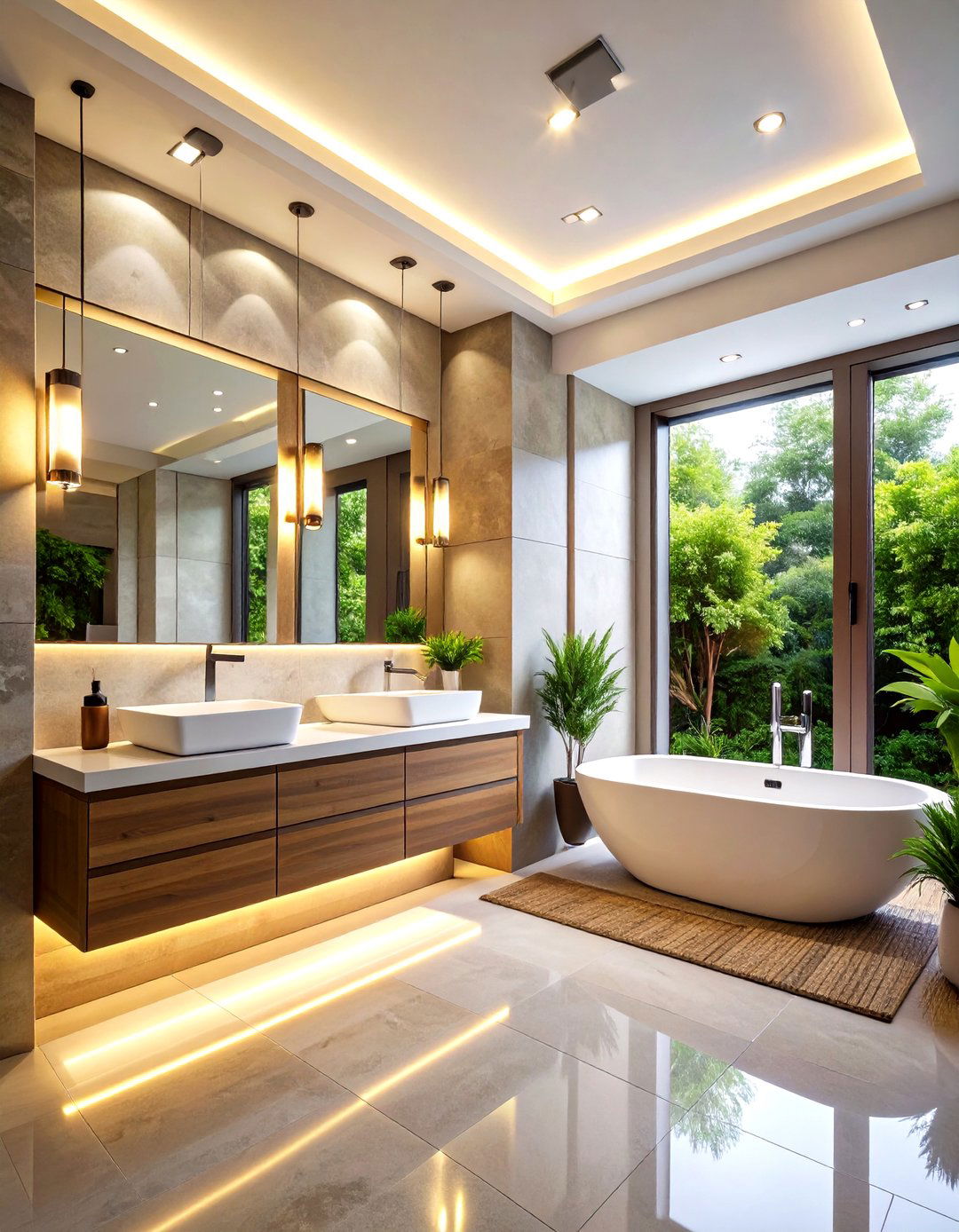
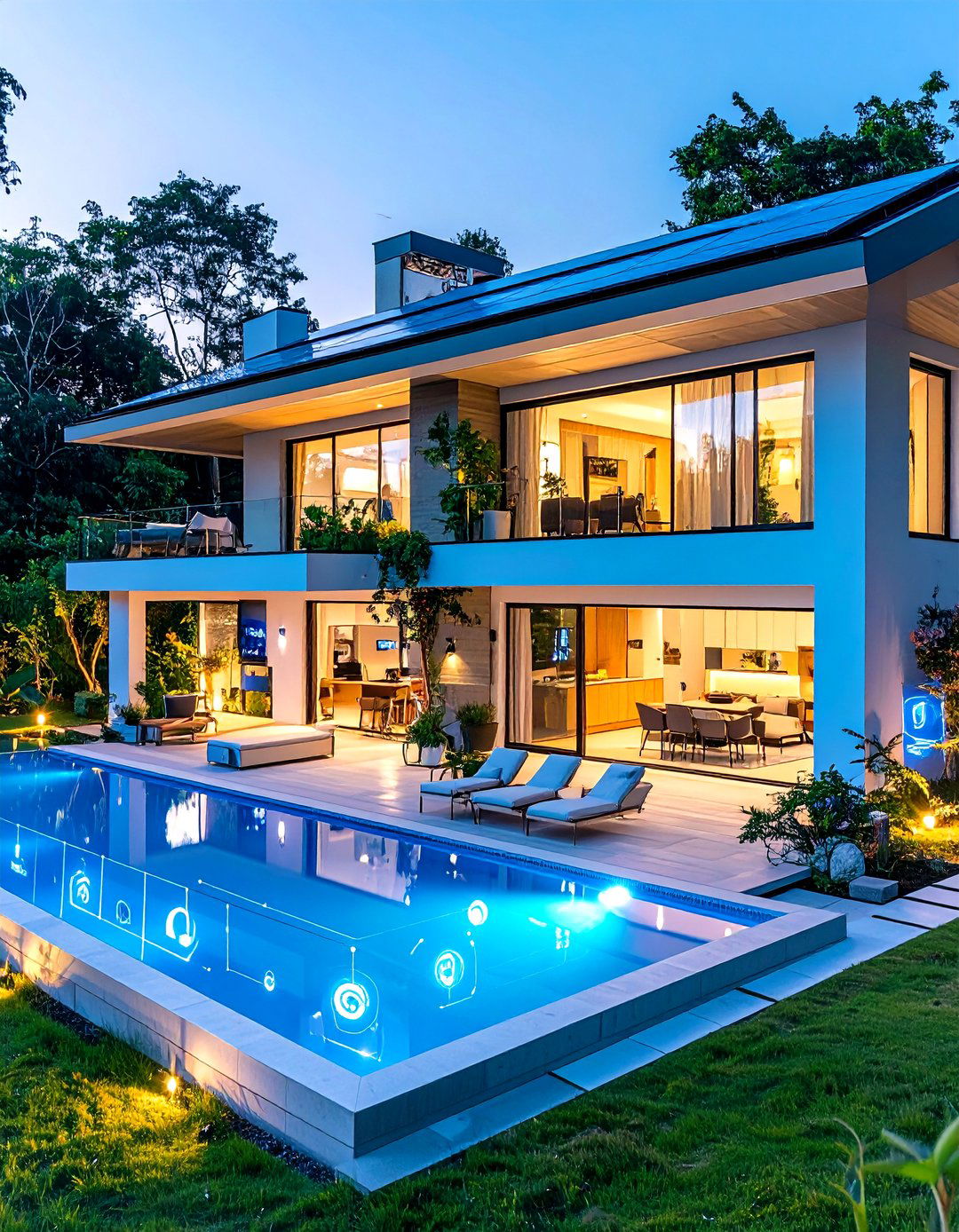
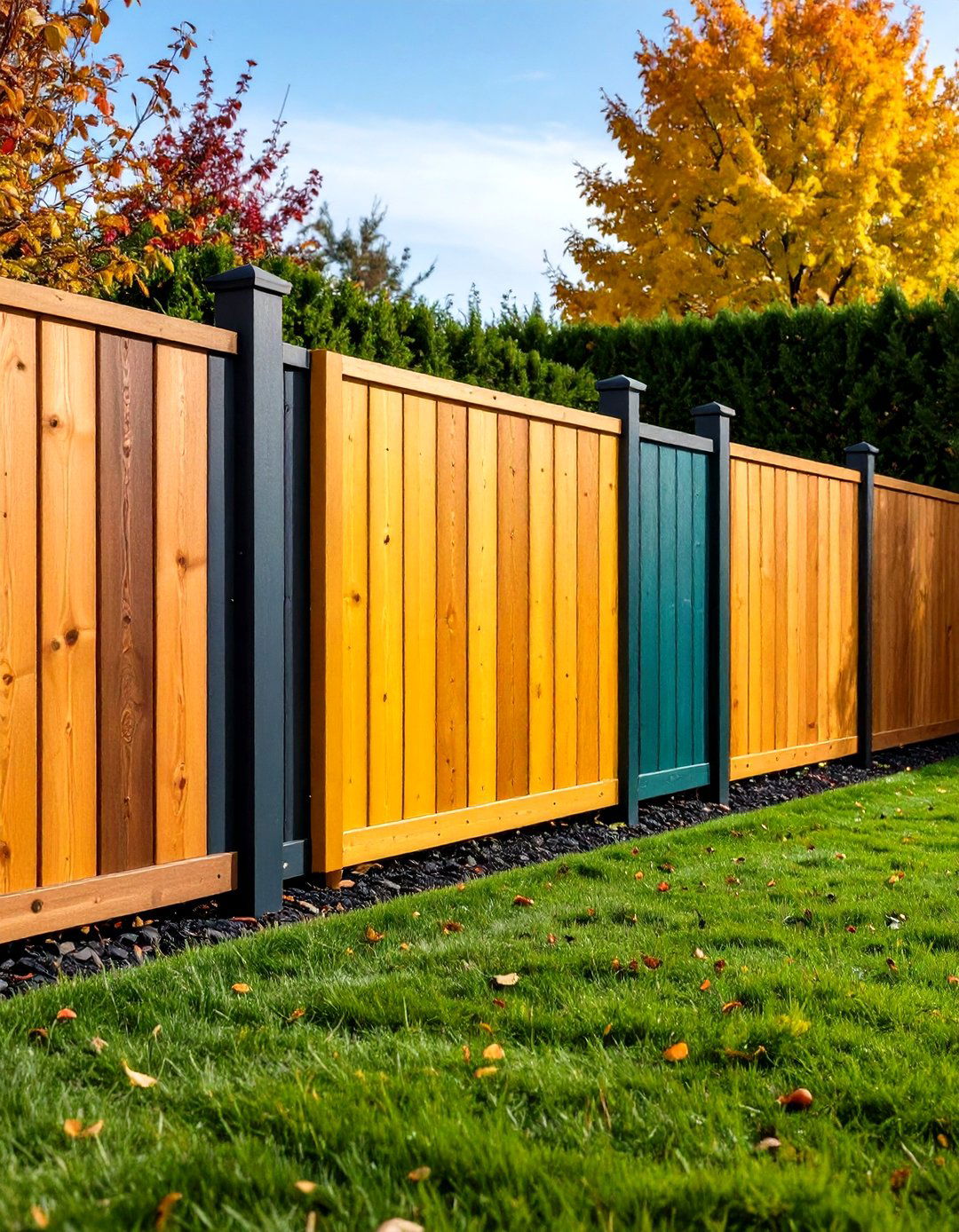
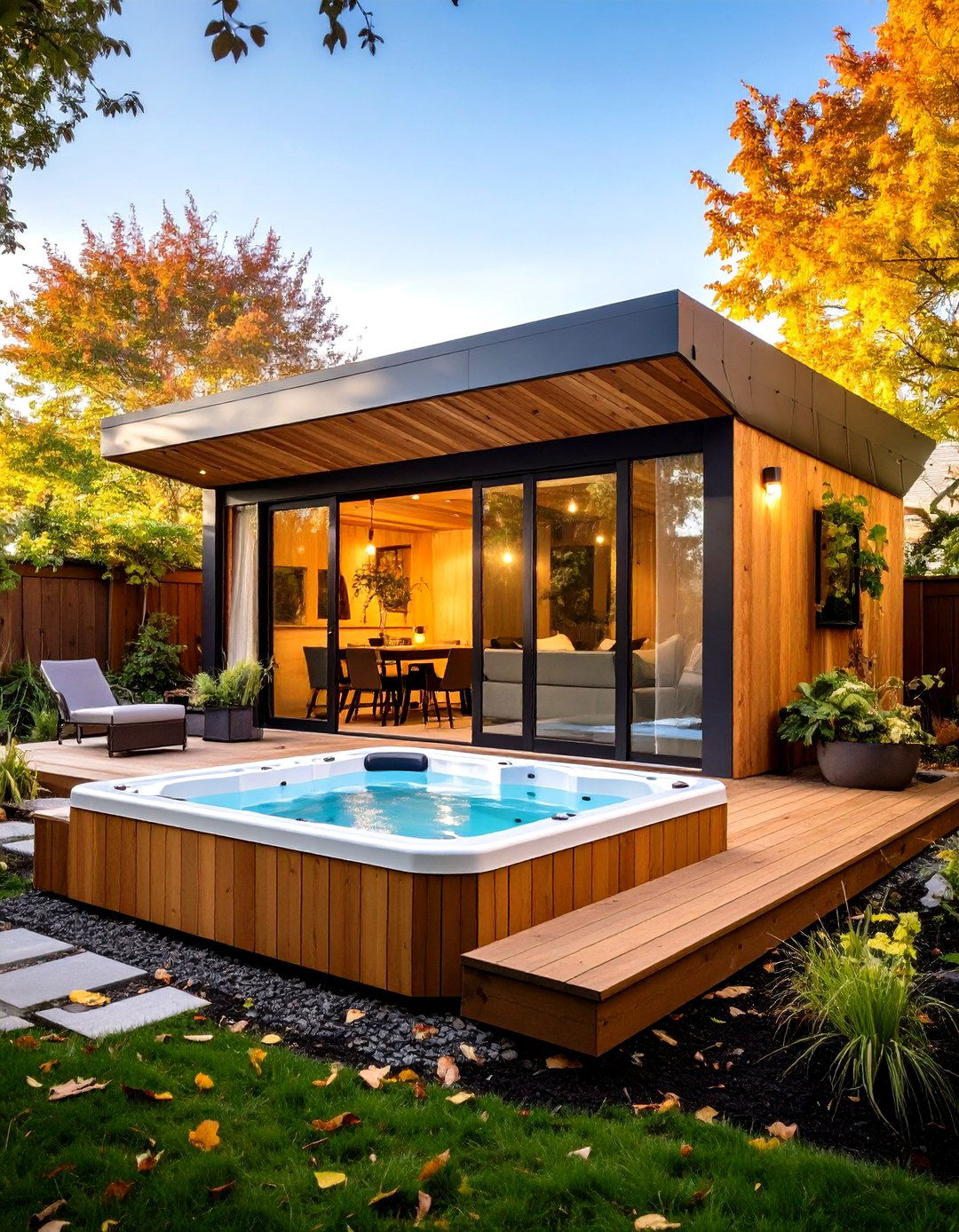
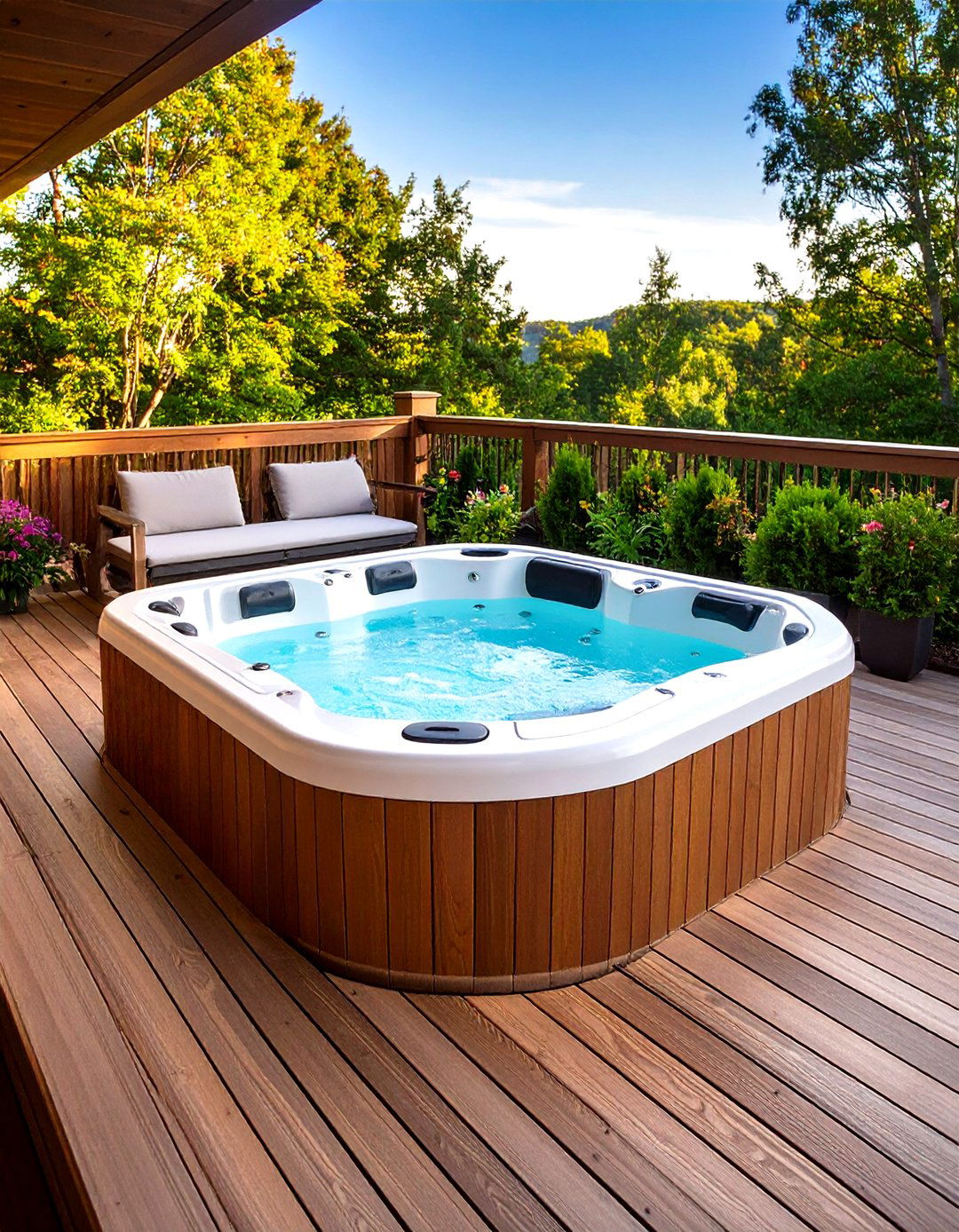
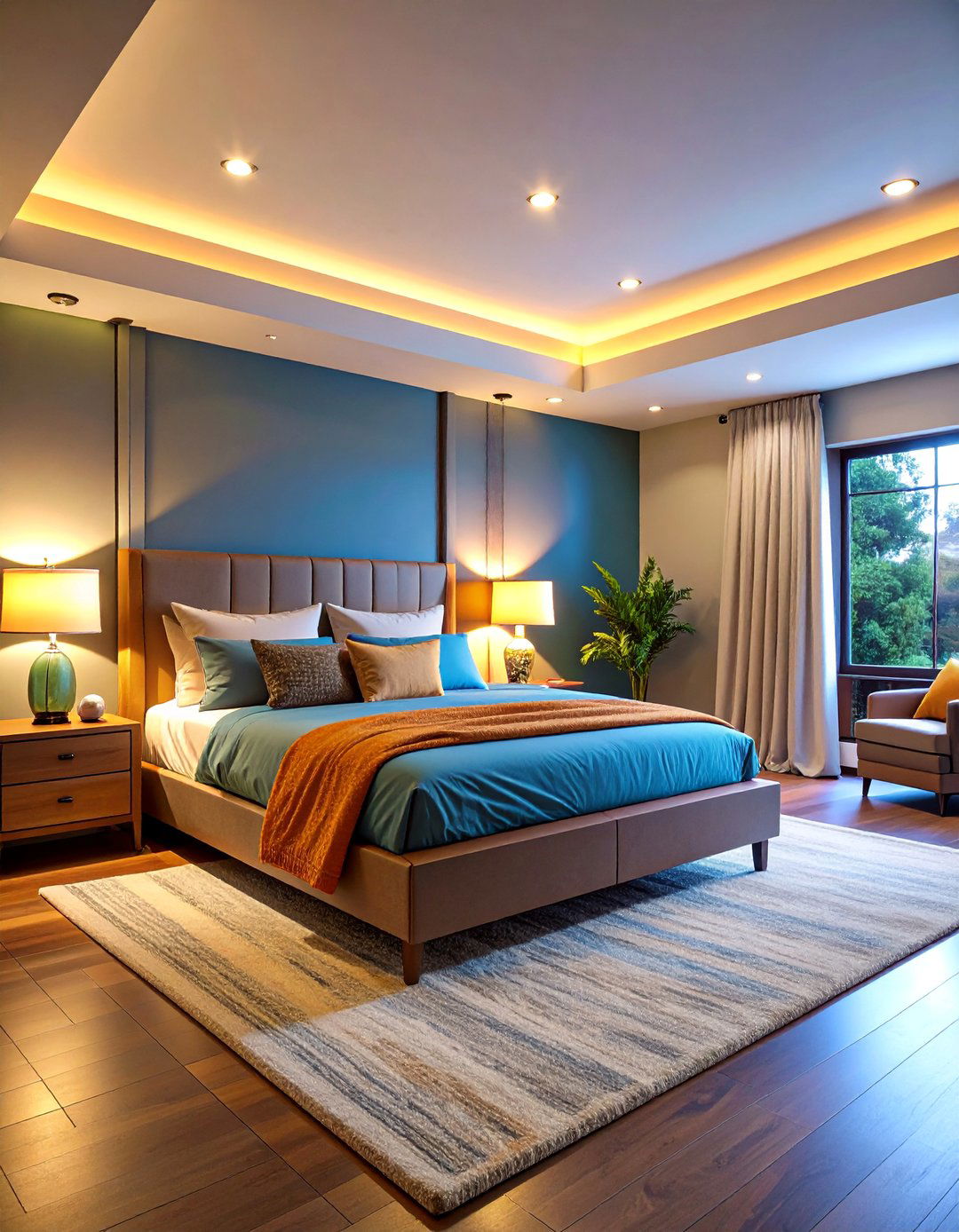
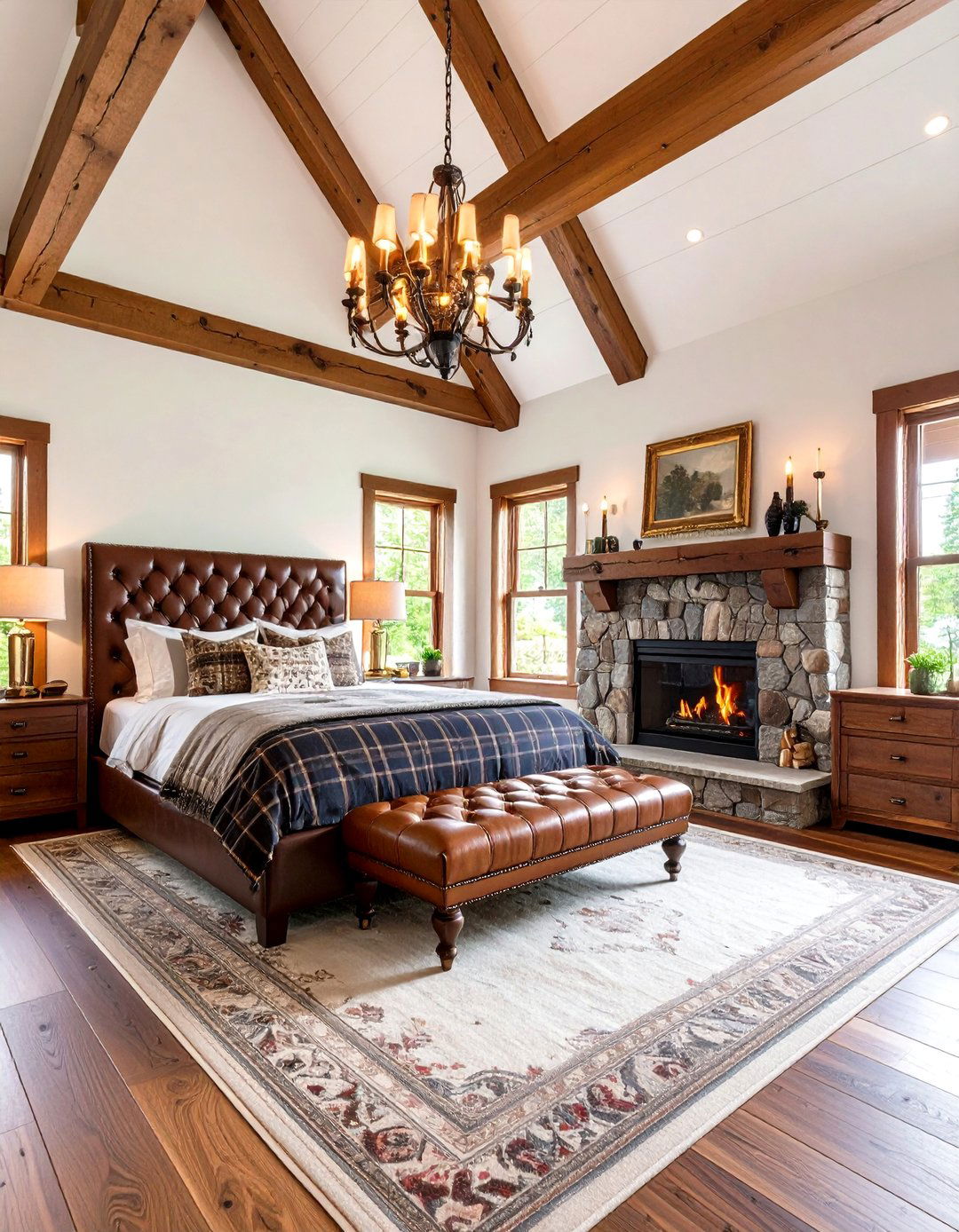
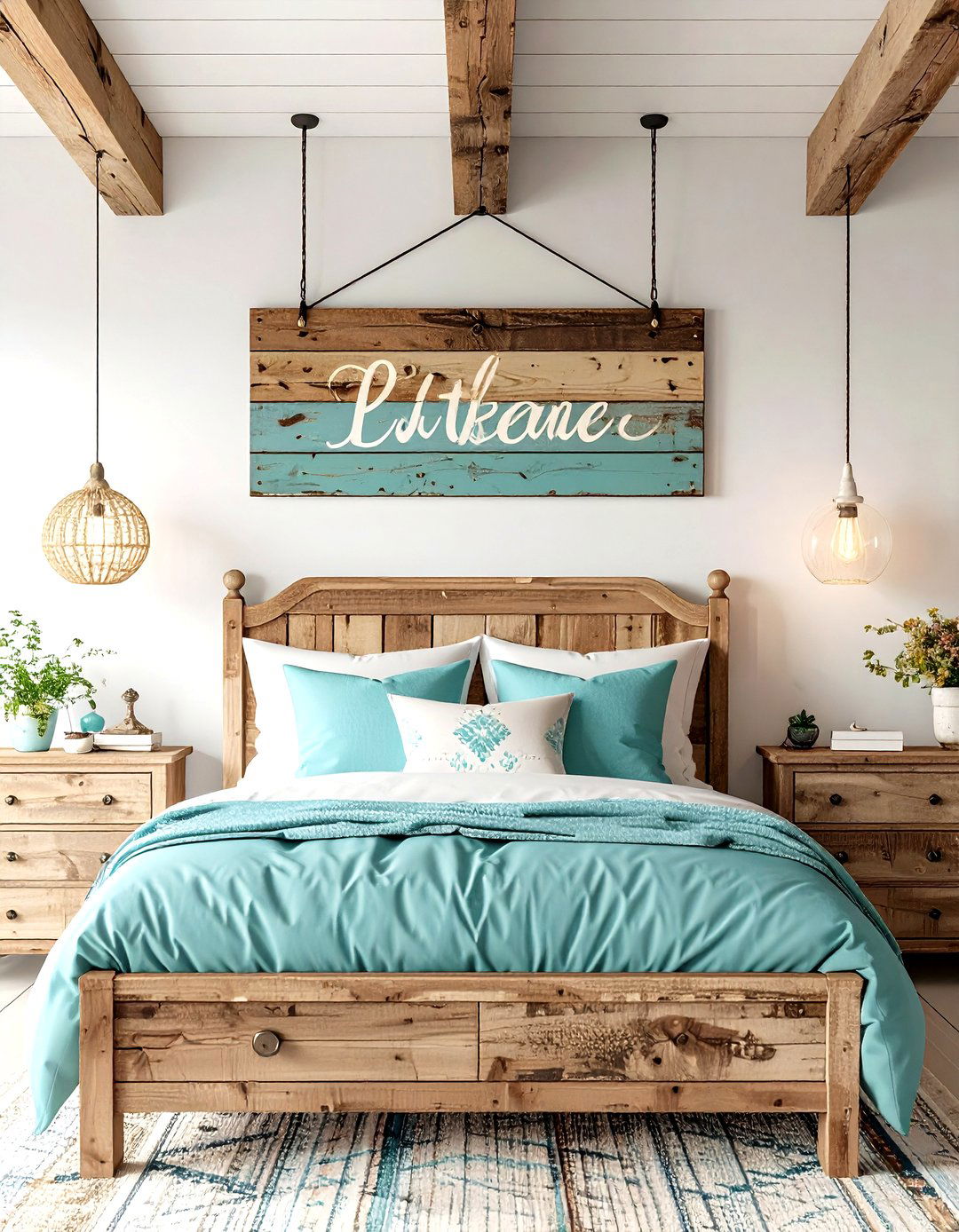
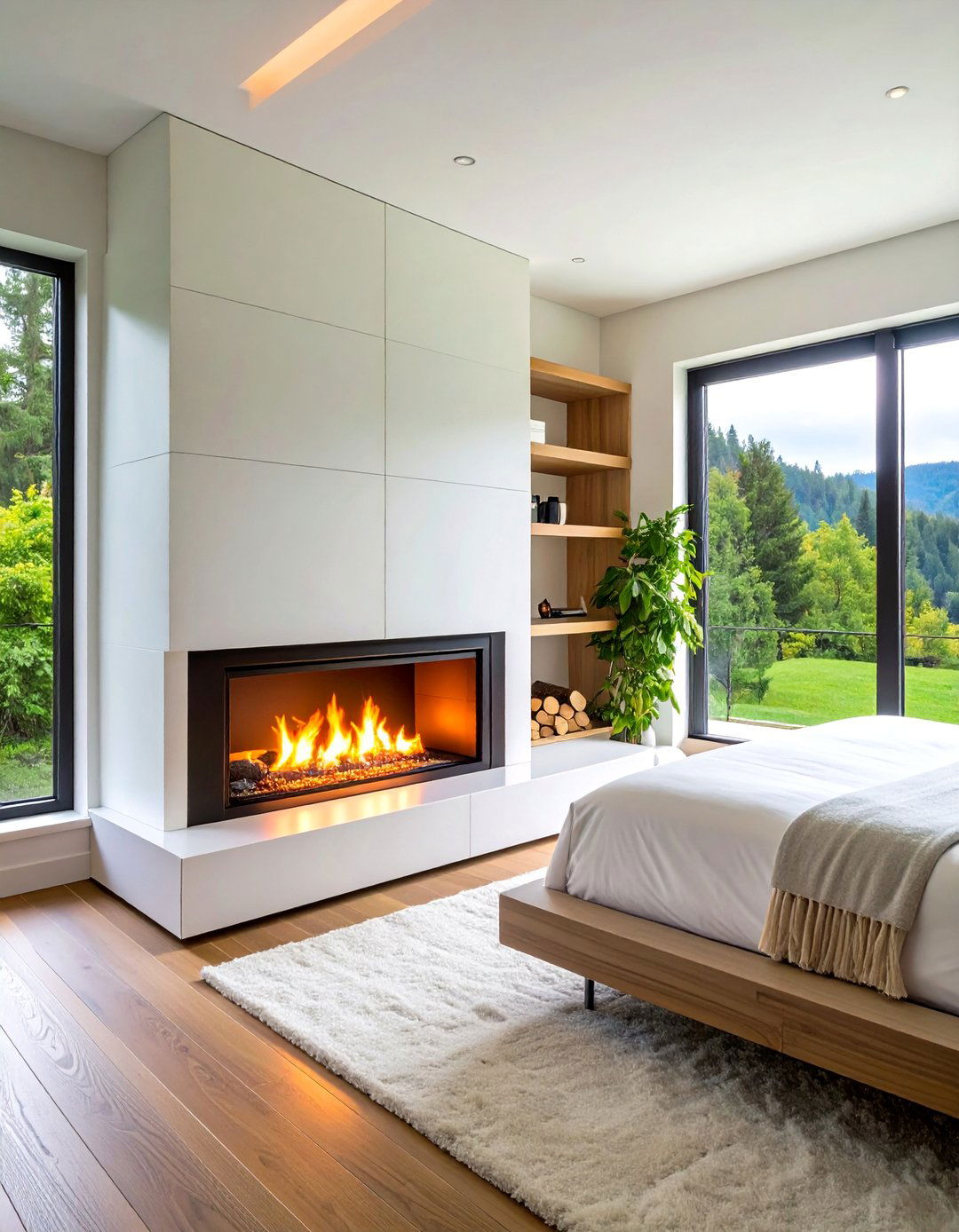
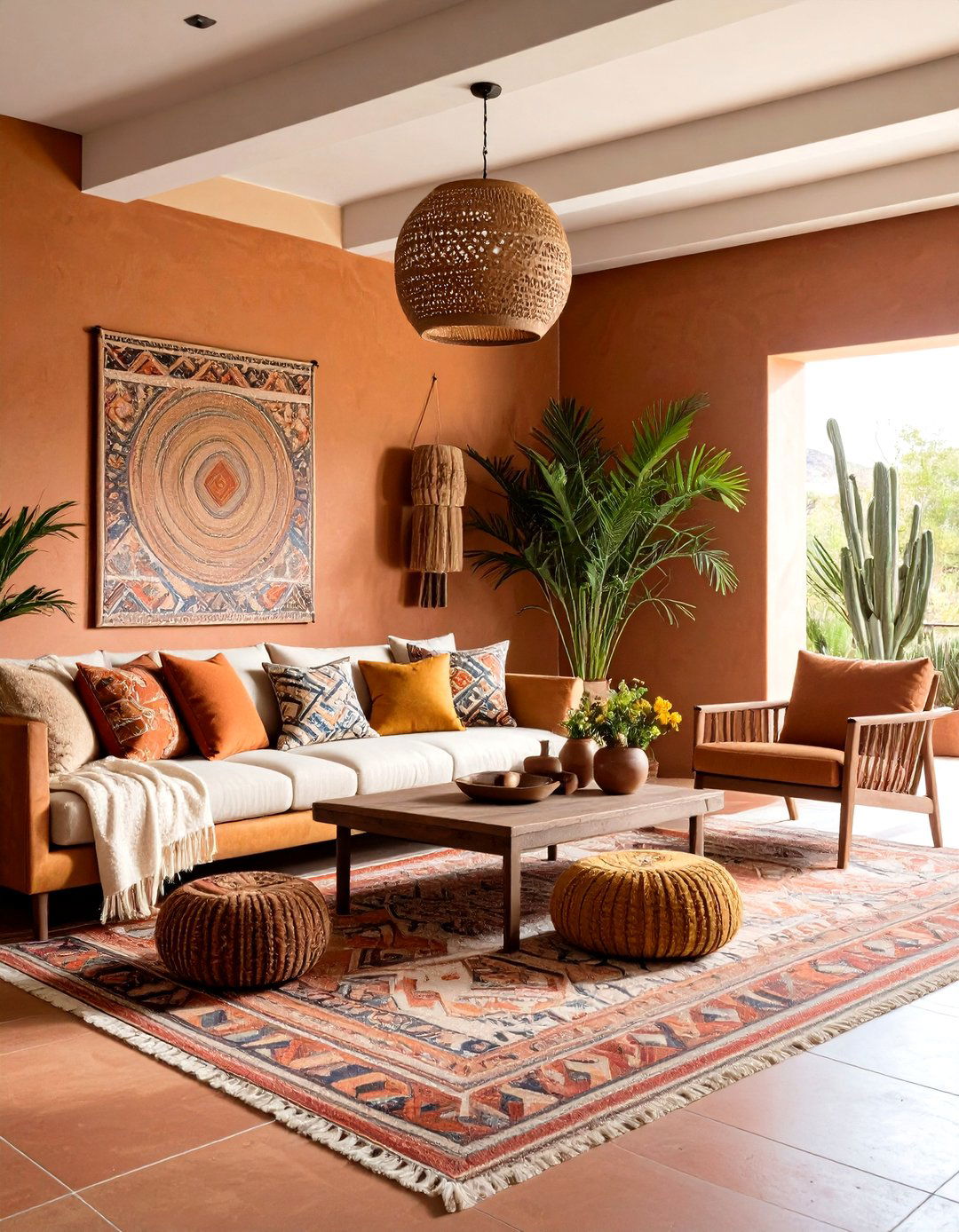

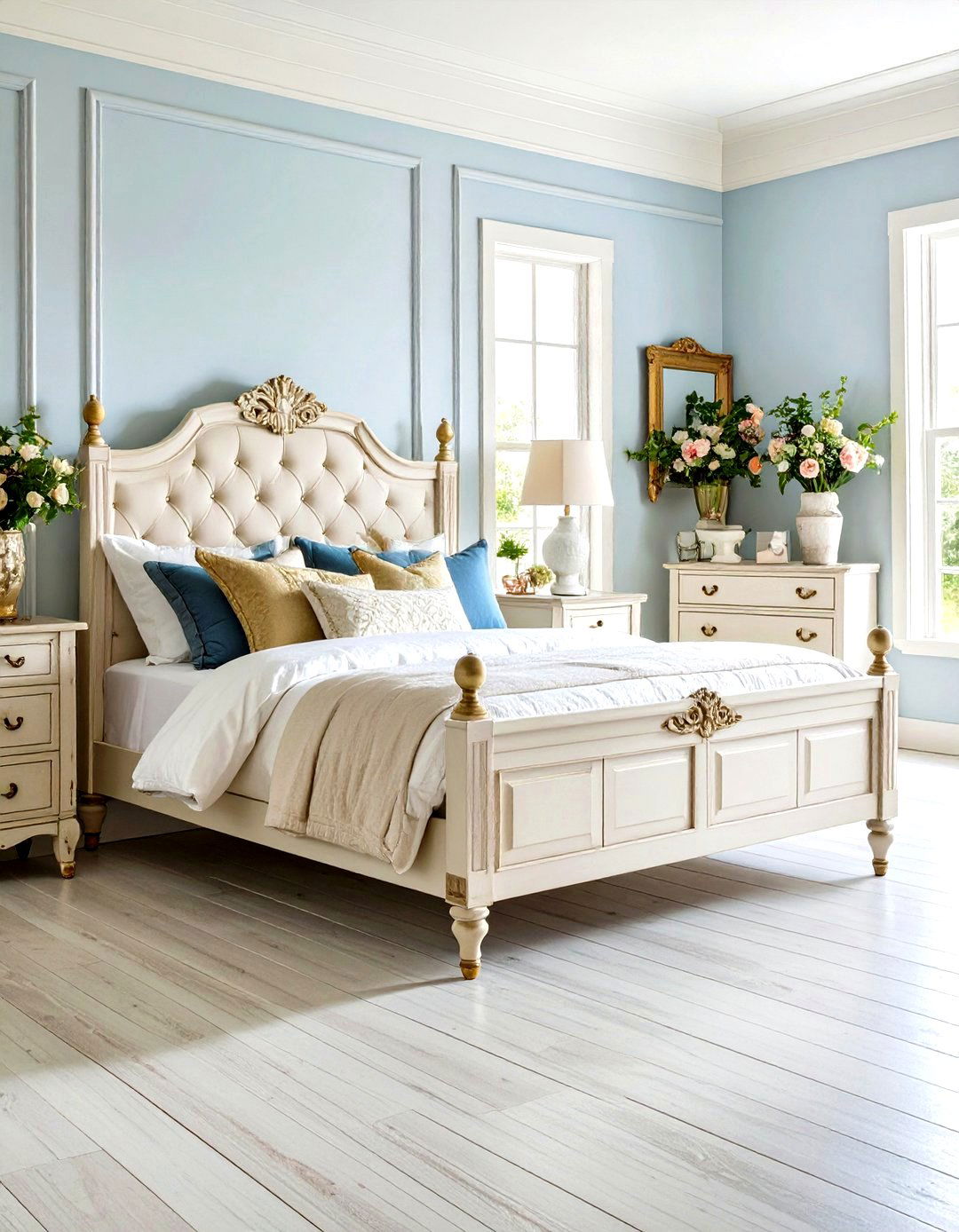

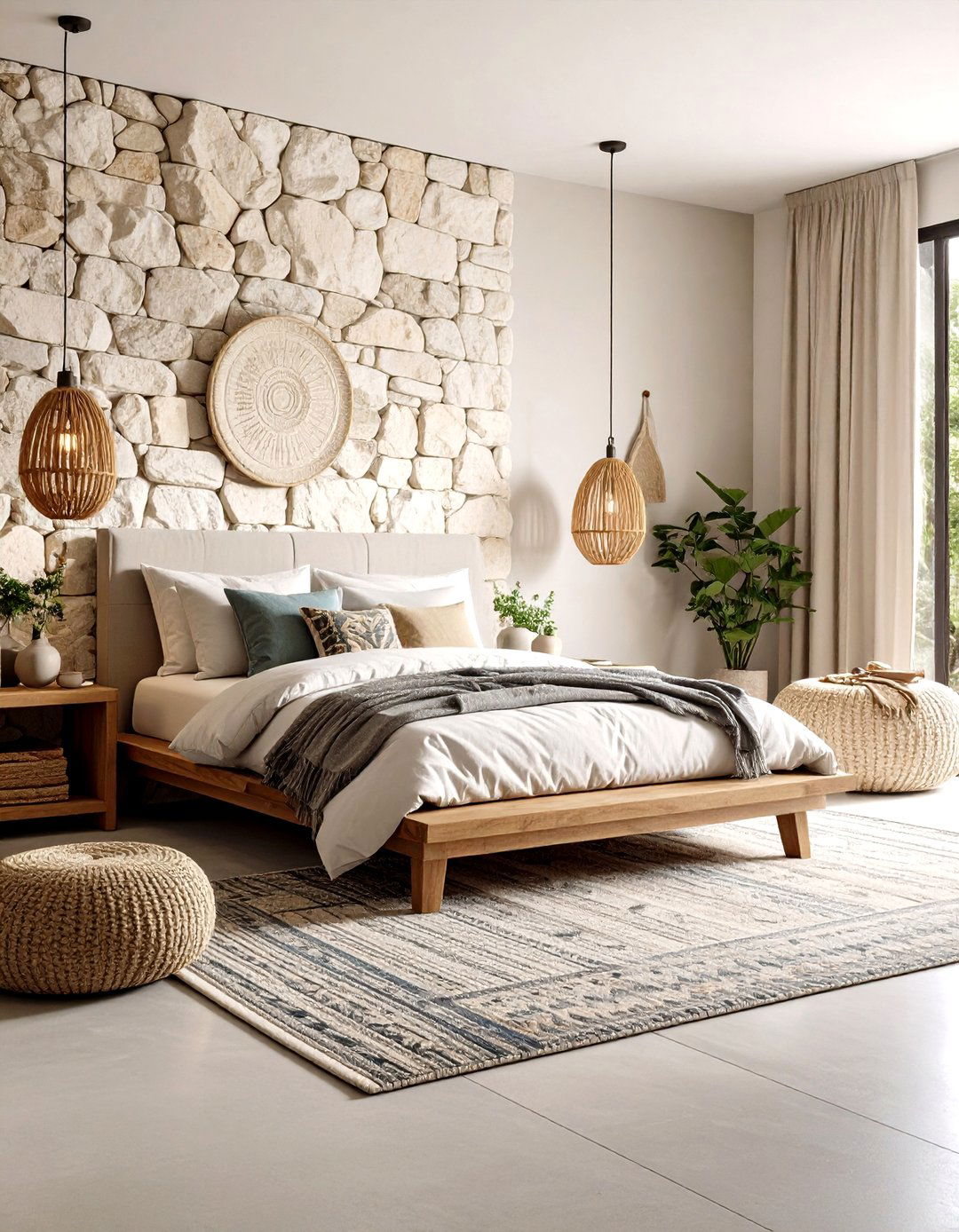
Leave a Reply